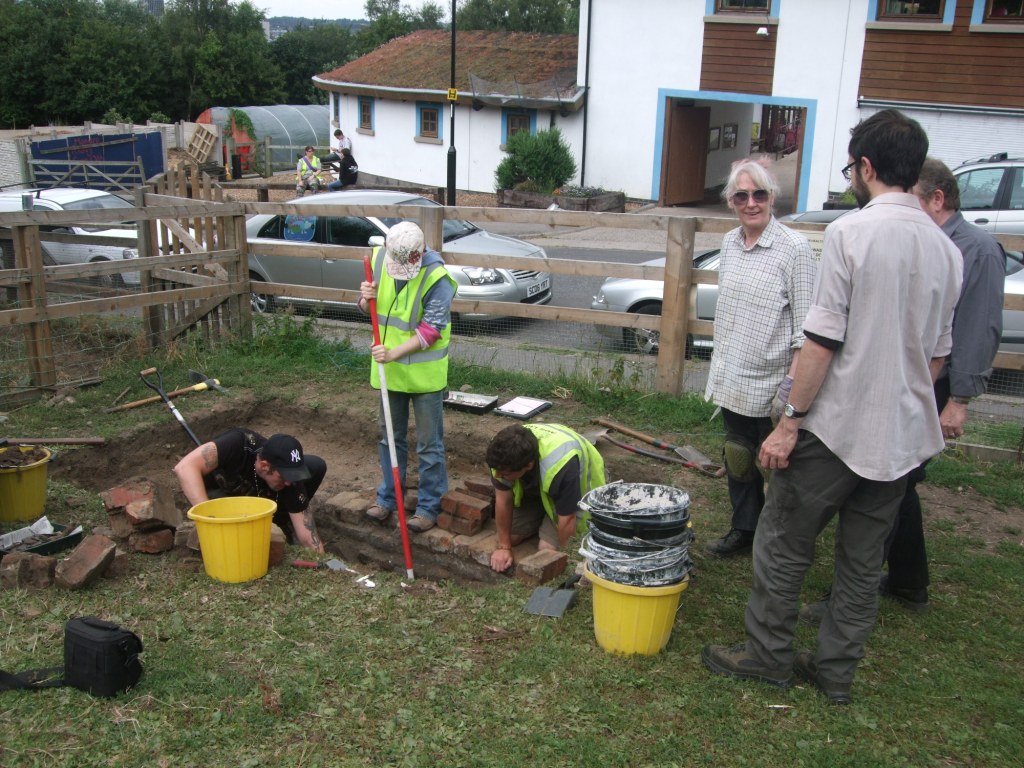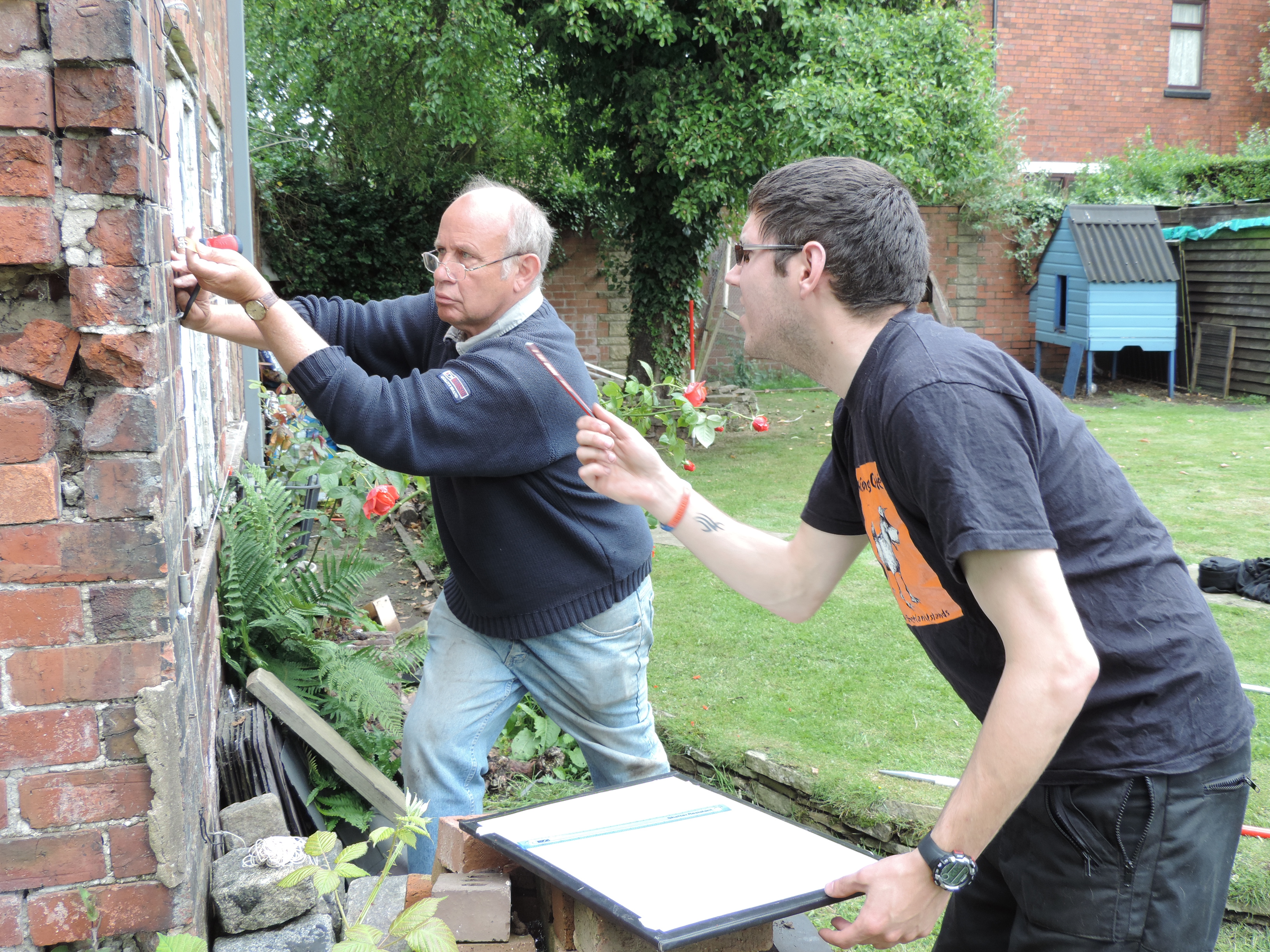Training community archaeologists
Against the backdrop of community involvement and empowerment with regard to the archaeological heritage, it is important not to forget that the archaeology itself, as a finite and irreplaceable resource, still requires appropriate research and curation. Therefore, while the social outcomes from community archaeology are nonetheless important, it is also important to maintain acceptable standards within the archaeological work itself (Thomas 2015: 160). This is not intended to be dismissive of the many voluntary groups that have extensive experience of archaeological approaches, many of whom produce research of a high quality (e.g. Reid 2012). Nonetheless, it does reinforce that in many cases it is still advisable for trained archaeologists to be involved in a community archaeology project. In fact, there are numerous organisations in which posts actually called ‘community archaeologist’ exist (e.g. Guinness 2014).
Next to understanding archaeological processes themselves, a community archaeologist must also be able to communicate often complex terminologies and processes to different age groups and abilities. Furthermore, they require what are referred to as ‘soft skills’, in order to handle different social situations, including becoming a mediator in instances of conflict or disagreement.
Interestingly, while archaeology itself (often taught as part of other disciplines such as anthropology, as is the case in the USA), is taught at many universities across the globe, special attention to community and public archaeology is relatively rare. Alongside masters programmes in Public Archaeology (UCL) and Heritage Education and Interpretation (Newcastle University), there is only one masters-level degree in the UK specifically named ‘Community Archaeology’, which is offered at Bishop Grosseteste University in Lincoln as a ‘blended learning’ course, incorporating distance learning alongside group sessions on site in order to accommodate students who may already be working. Therefore, while many archaeologists learn from experience, or perhaps find that they are naturally drawn to projects involving community engagement, few are equipped by the end of their formal education with actual training in this area.


